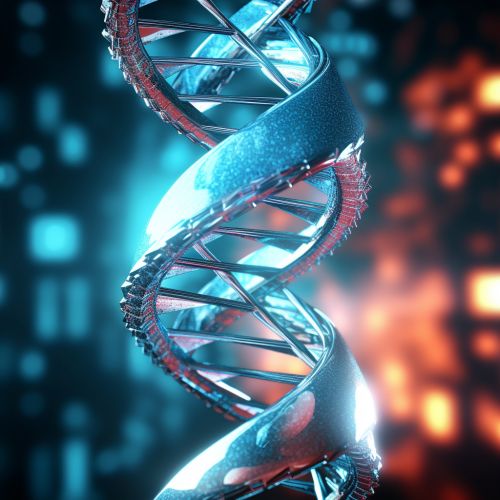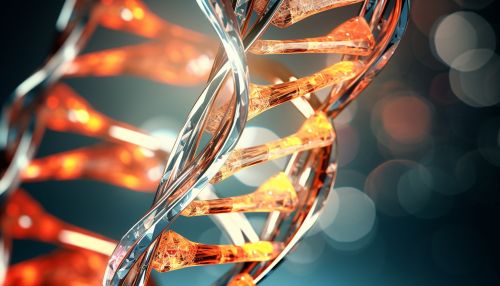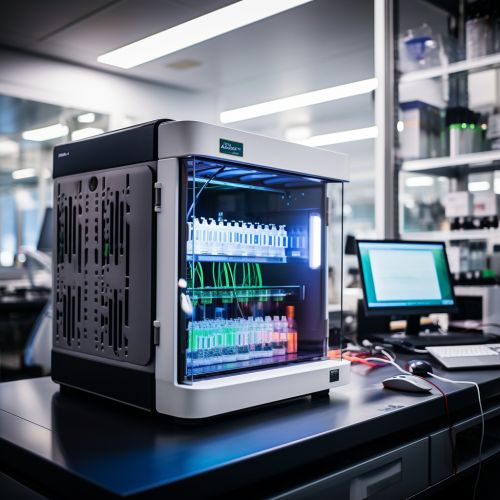The Role of Bioinformatics in Drug Discovery
Introduction
Bioinformatics is an interdisciplinary field that combines computer science, biology, information engineering, mathematics, and statistics to analyze and interpret biological data. It is a key component in modern biological and genomic research and plays a critical role in drug discovery. This article explores the role of bioinformatics in drug discovery and development, highlighting its importance in understanding disease mechanisms, identifying potential drug targets, and predicting drug efficacy and safety.


Bioinformatics and Drug Discovery
Drug discovery is a complex and lengthy process that involves the identification of promising drug targets, the design and optimization of drug molecules, and the testing of drug efficacy and safety. Bioinformatics provides valuable tools and resources for each of these stages, enabling researchers to streamline the drug discovery process and increase the likelihood of success.
Target Identification
One of the first steps in drug discovery is the identification of a suitable drug target. This typically involves the study of disease mechanisms at the molecular and cellular level. Bioinformatics can aid in this process by providing tools for genomic and proteomic analysis, allowing researchers to identify genes and proteins that are involved in disease processes.


In addition, bioinformatics databases, such as the PDB and GenBank, provide vast amounts of data on the structure and function of biological molecules. These resources can be used to identify potential drug targets and to gain insights into their biological roles and interactions.
Drug Design and Optimization
Once a potential drug target has been identified, the next step is to design a drug molecule that can interact with the target in a beneficial way. This is a complex task that requires a detailed understanding of the target's structure and function. Bioinformatics can aid in this process by providing tools for molecular modeling and simulation, allowing researchers to predict how a drug molecule will interact with its target.


In addition, bioinformatics can be used to optimize drug molecules, improving their efficacy and reducing their potential for side effects. This can be achieved through a process known as QSAR modeling, which uses computational methods to predict the biological activity of a molecule based on its chemical structure.
Drug Testing and Validation
After a drug molecule has been designed and optimized, it must be tested for efficacy and safety. Bioinformatics can aid in this process by providing tools for data analysis and interpretation. For example, microarray and next-generation sequencing technologies generate vast amounts of data on gene expression and genetic variation. Bioinformatics tools can be used to analyze these data, allowing researchers to assess the effects of a drug on gene expression and to identify potential genetic factors that may influence drug response.


In addition, bioinformatics can be used to predict potential drug-drug interactions and adverse drug reactions, improving the safety profile of a drug.
Conclusion
Bioinformatics plays a critical role in drug discovery, providing valuable tools and resources for target identification, drug design and optimization, and drug testing and validation. By leveraging the power of bioinformatics, researchers can streamline the drug discovery process, increasing the likelihood of success and reducing the time and cost of drug development.
